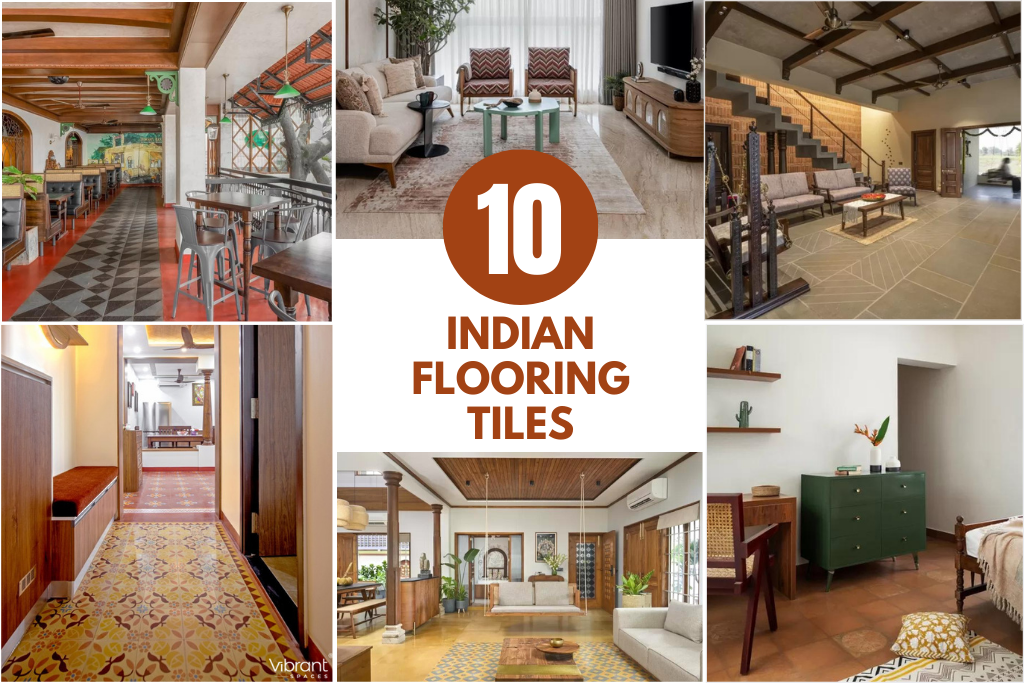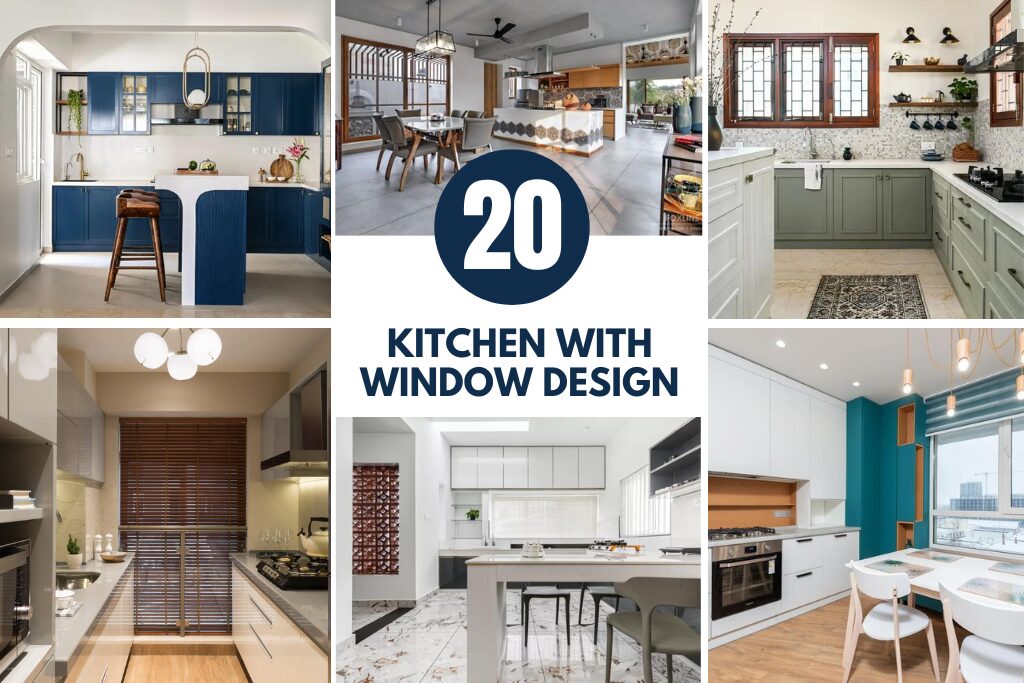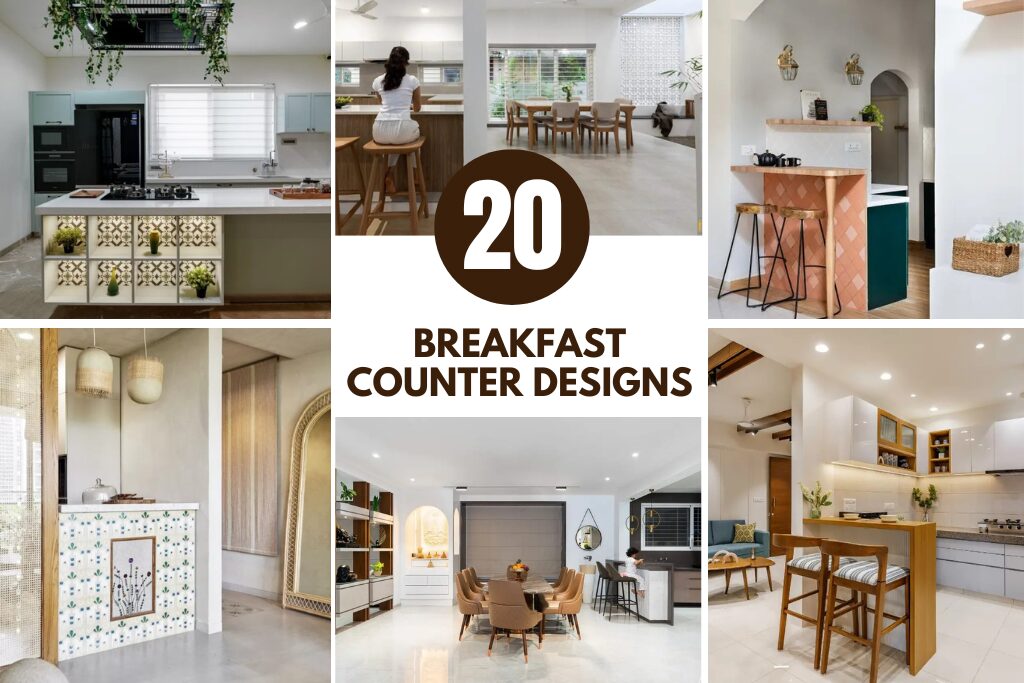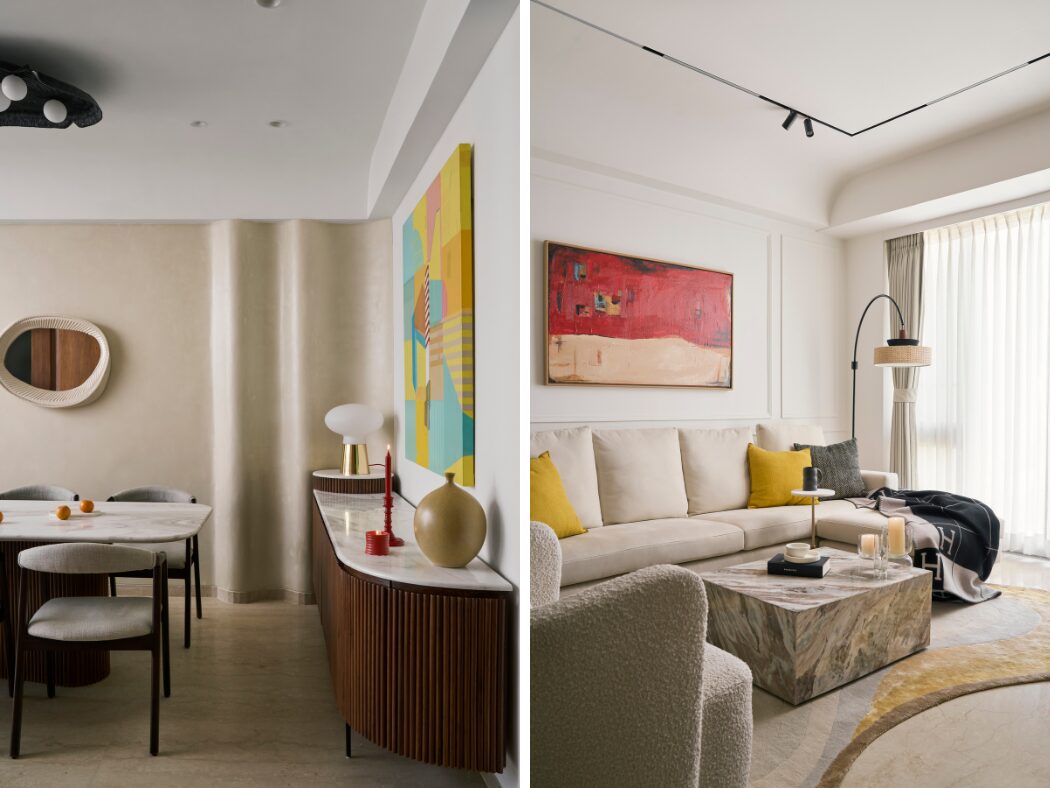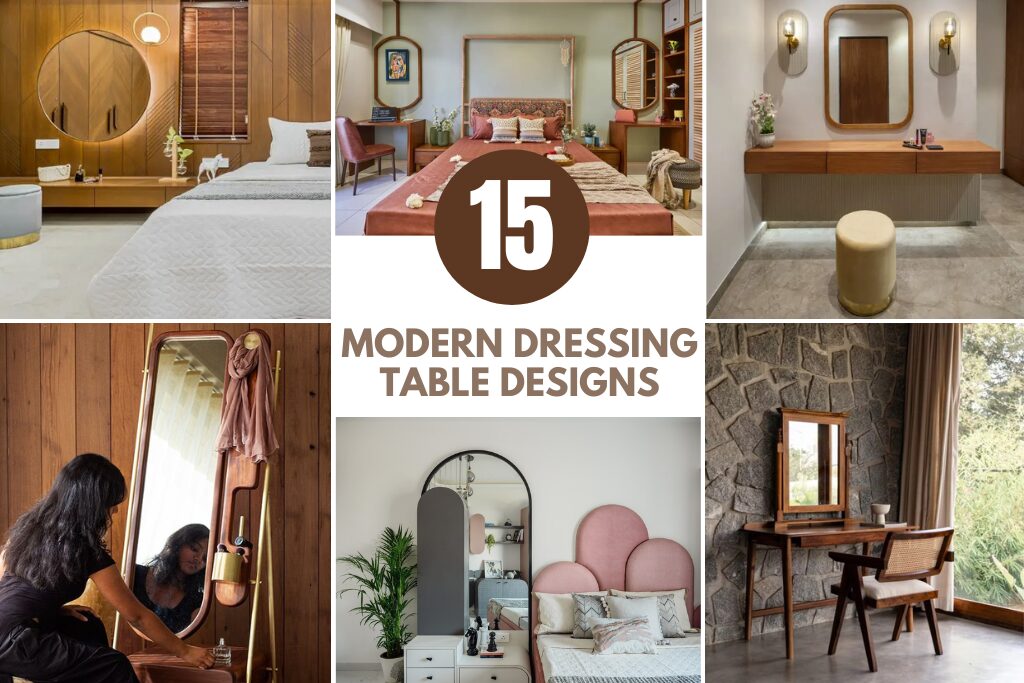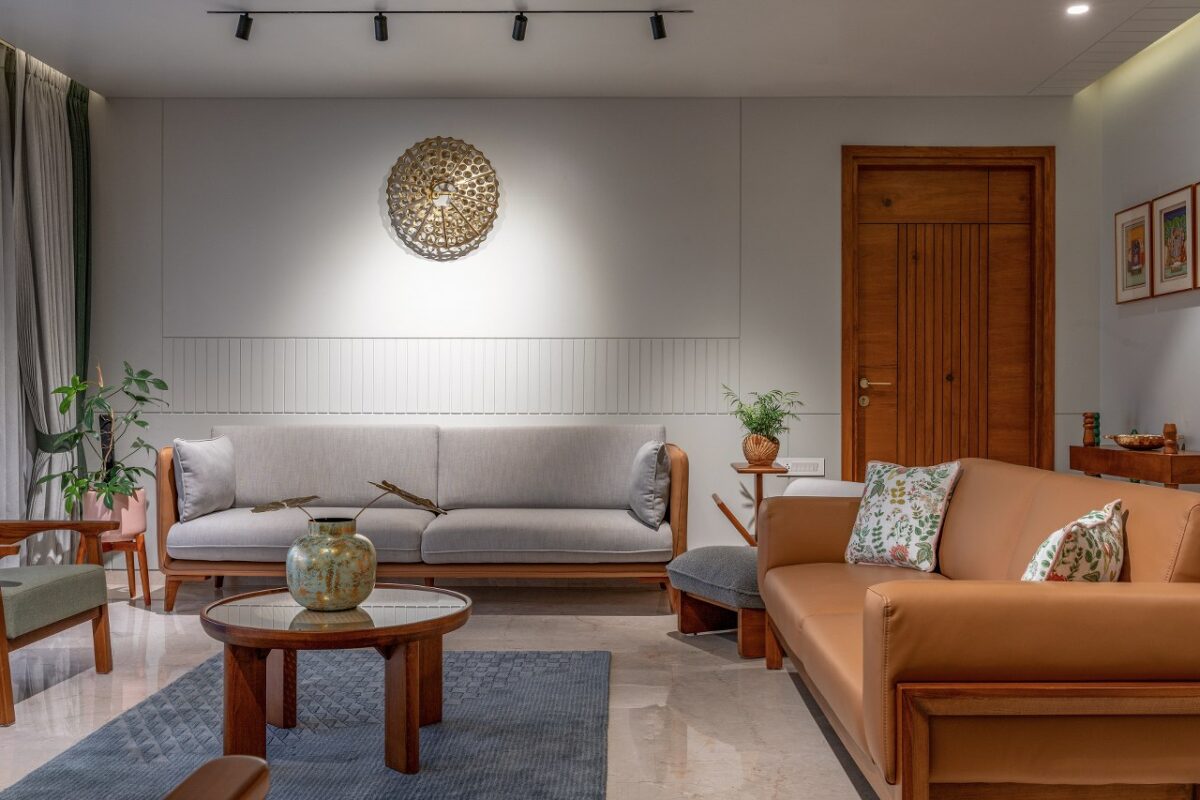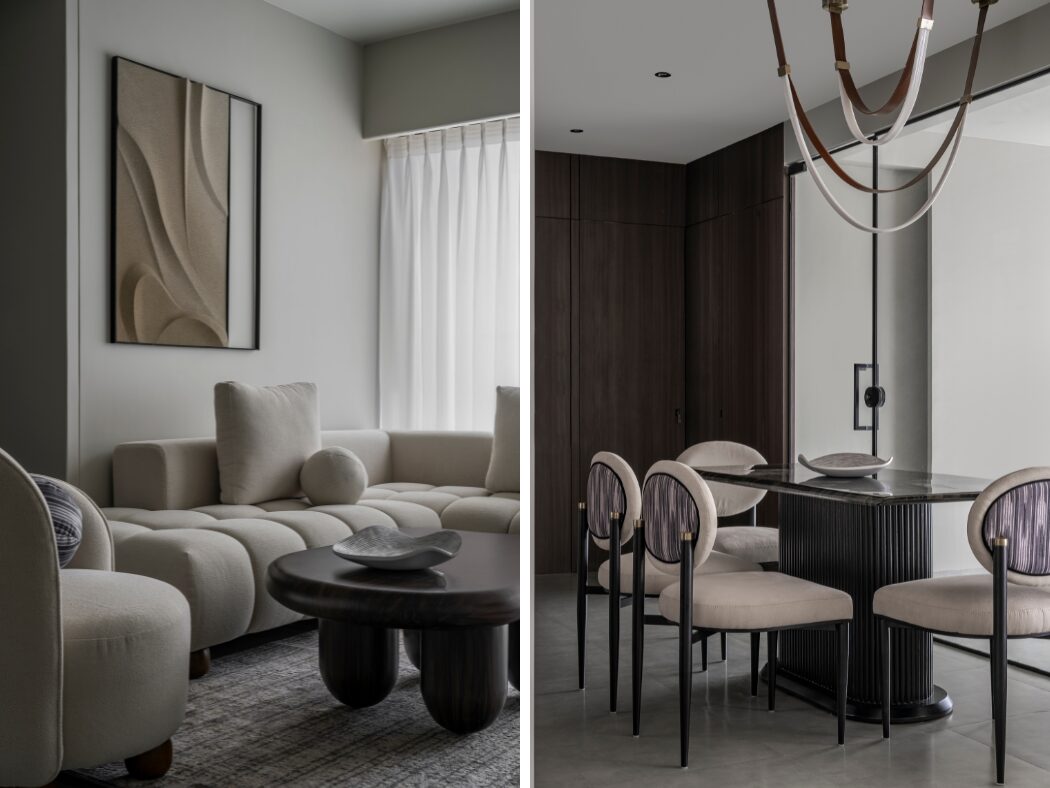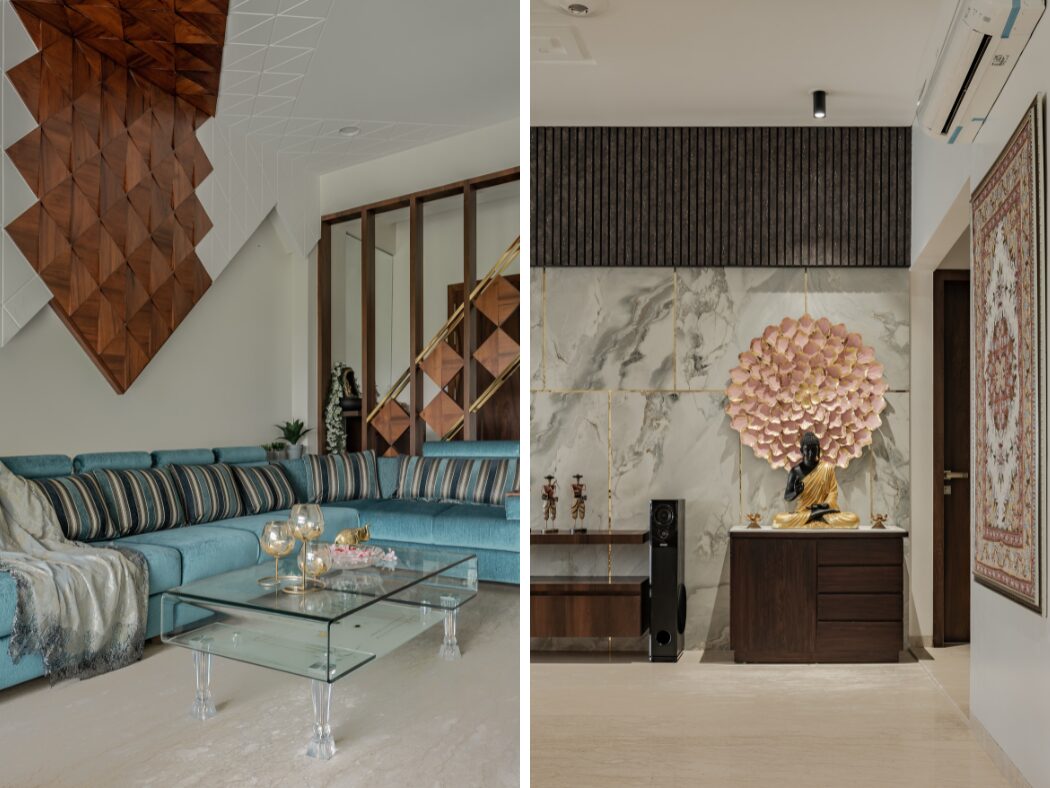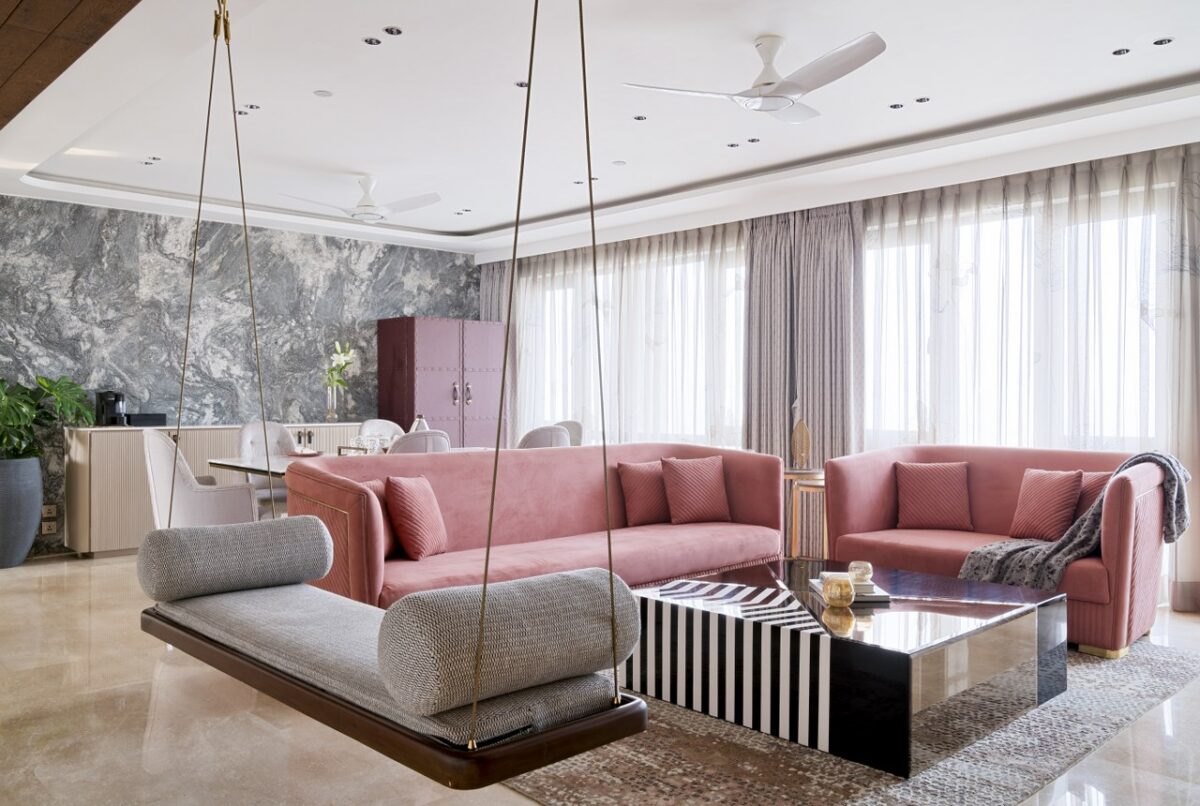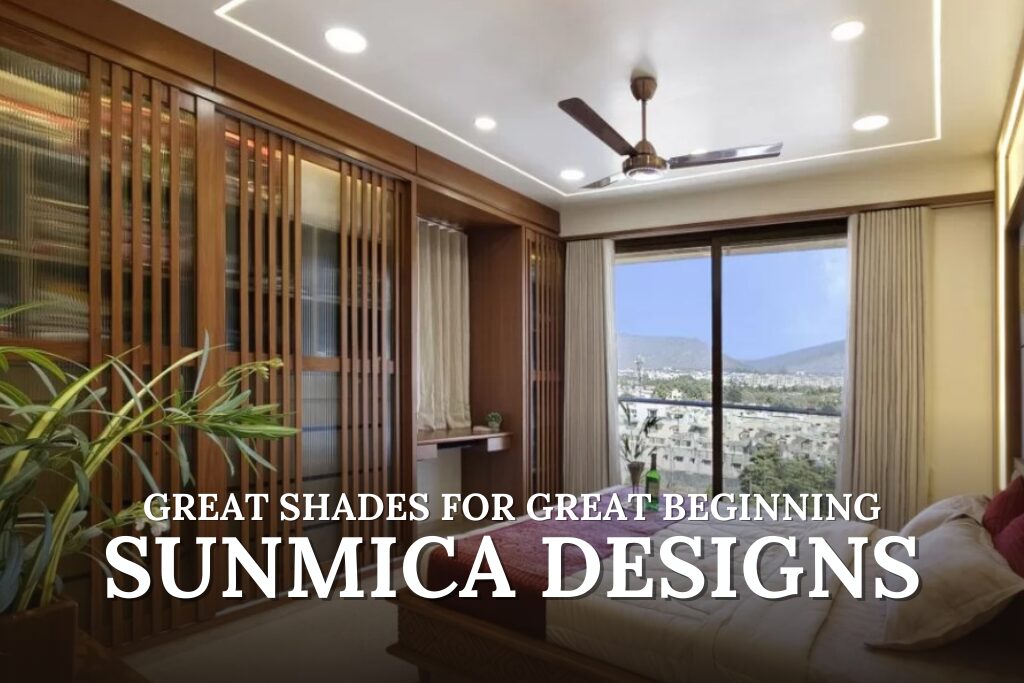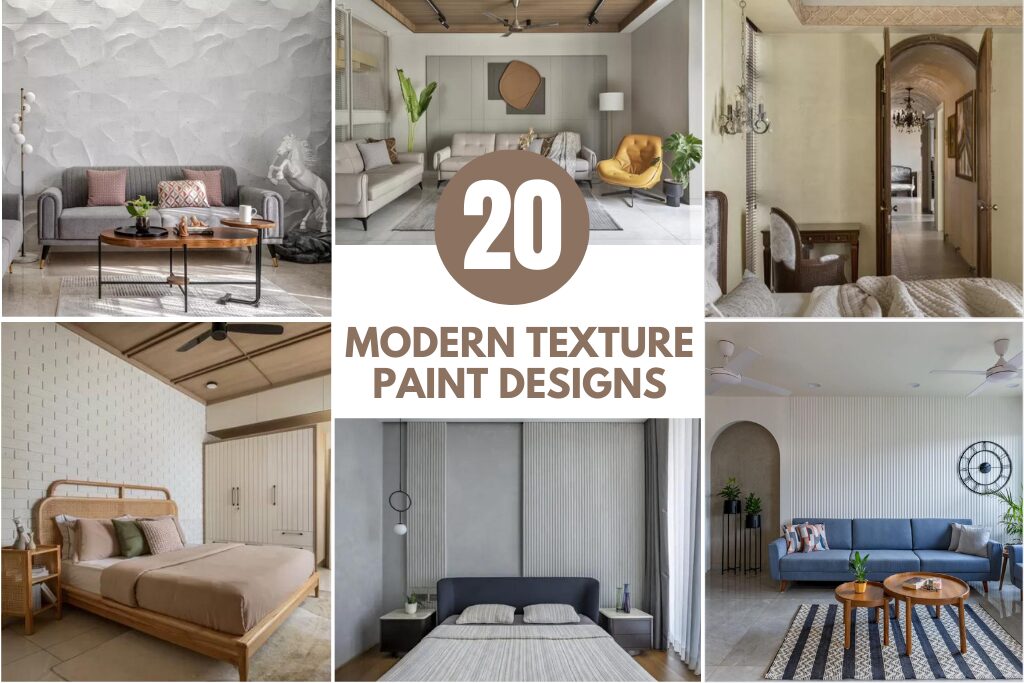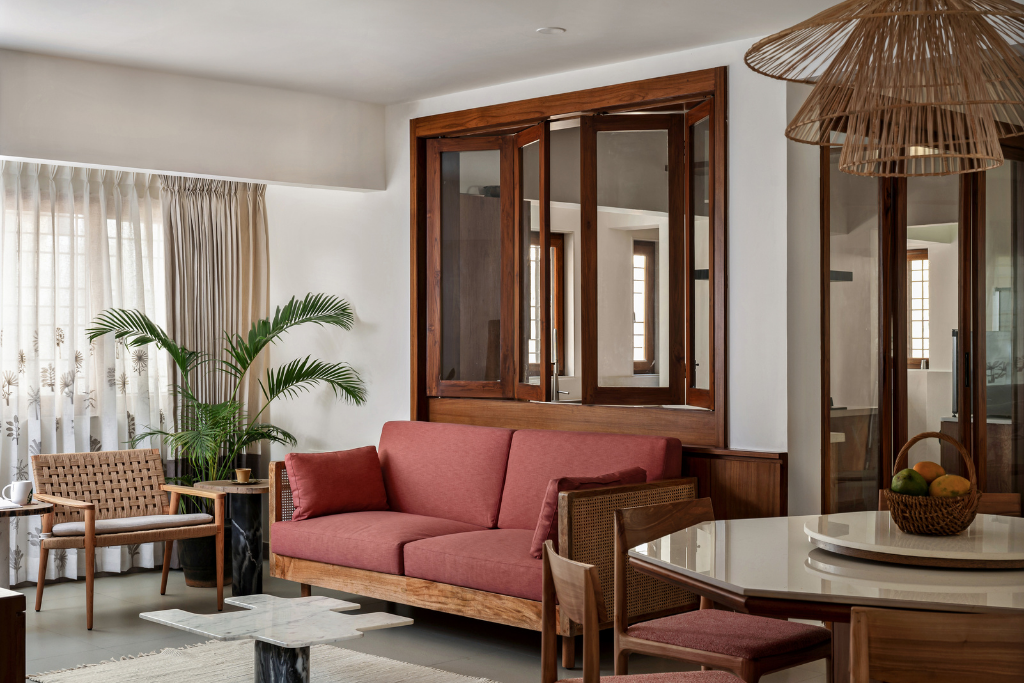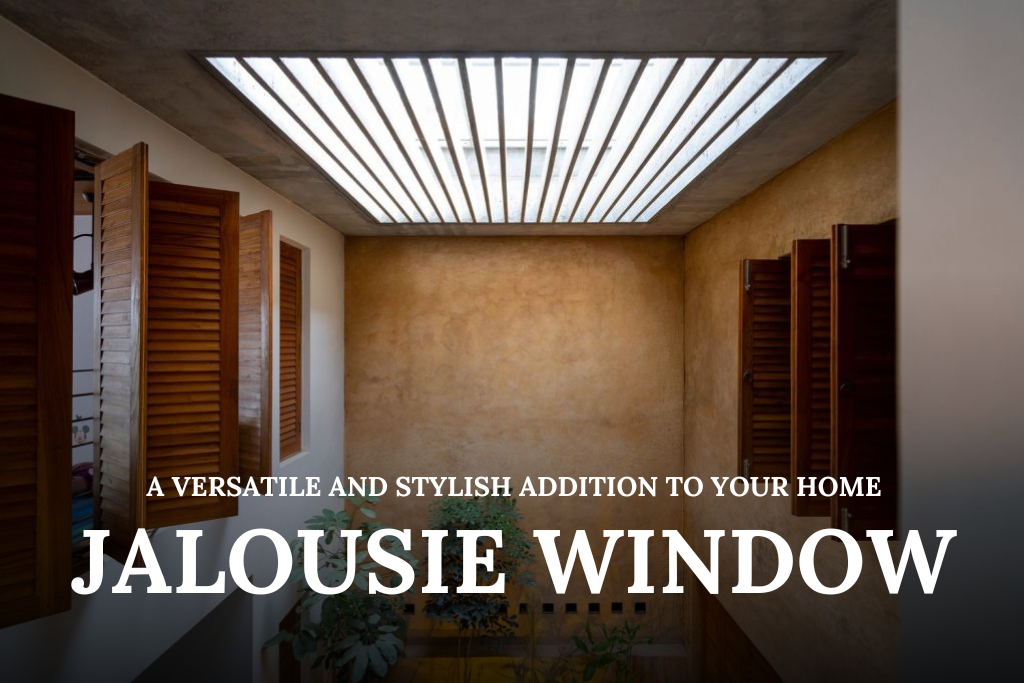Indian Flooring Tiles: 10 Solutions Retaining Vernacular Interiors
Ancient Indian flooring recalls a patch of ground decorated with coloured decorative sand made of rice flower or flower petals. To date we call it ‘rangoli’, which represents the simplest form of Indian flooring tiles. With the resources of our rich heritage of India, various empires have recognised the value of indigenous materials to use for Indian flooring tiles. Vernacular Indian flooring tiles are a testament to the craftsmanship and diversity of culture in India. Let’s explore the flooring types native to the interior flooring of our country.
1. Athangudi Tiles
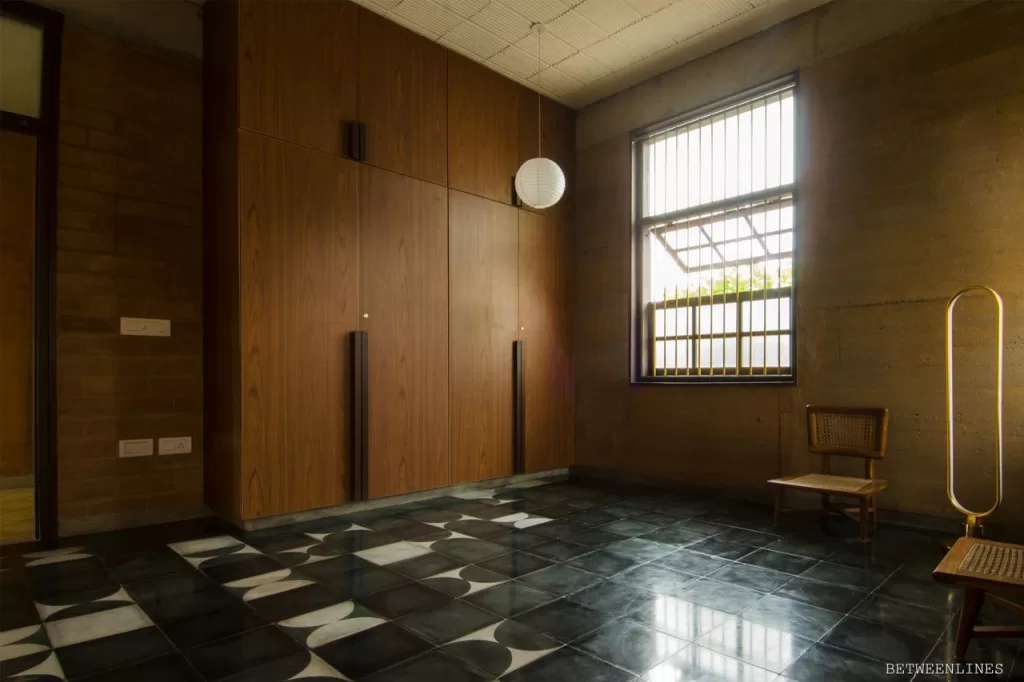
Athangudi Tiles (also known as Chettinad or Karaikundi Tiles) originated from the small-scale villages of Athangudi in the Chettinad region of Tamil Nadu. These tiles take inspiration from Victorian style designs. The skill passed on through generations, retaining the legacy of Chettinad.
Coloured cement slurry mixes with oxide paint. It is further cured on a 3 mm thick glass sheet of a particular size and pattern. A specialty of Konapattu province, the dye originates from bronze (pithalai) in a framework of square sections without the use of electricity or fire.
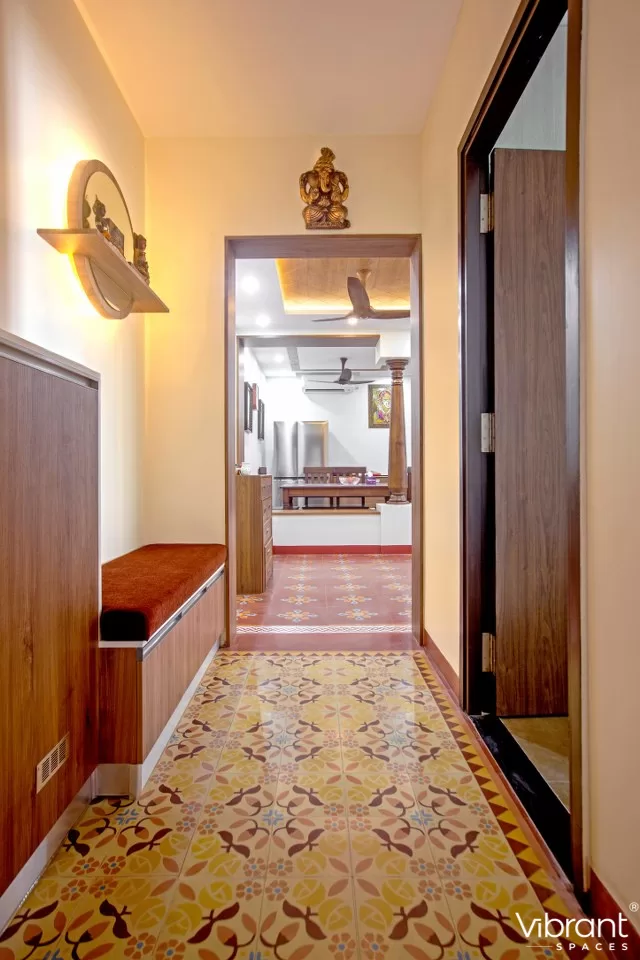
Athangudi tiles are most suitable for Indian Flooring as they are sustainable, eco-friendly, and long-lasting. Its composition is river sand, cement, and iron oxides, which are natural, locally available materials. The sizes available are 6”x6”, 8″x8″, and 10”x10”, ranging between Rs. 60 and 65 per kg, in red, light green, yellow, blue, grey, black, and white colours.
2. Terracotta tiles
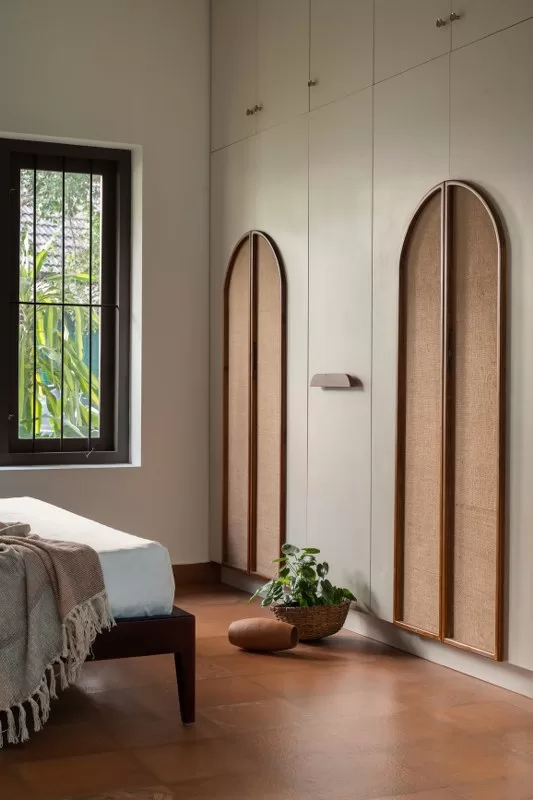
The natural warm red earthy tint of the terracotta tiles is true to the beauty of urban and rural Indian flooring materials in Rajasthan, West Bengal, and parts of Uttar Pradesh.
Constituted from oxides and clay, baked and assembled to perfection, each tile is unique in its appeal. Its eco-friendly, durable, low-maintenance, moisture-resistant, and long-lasting quality make it one of the best choices for Indian flooring.
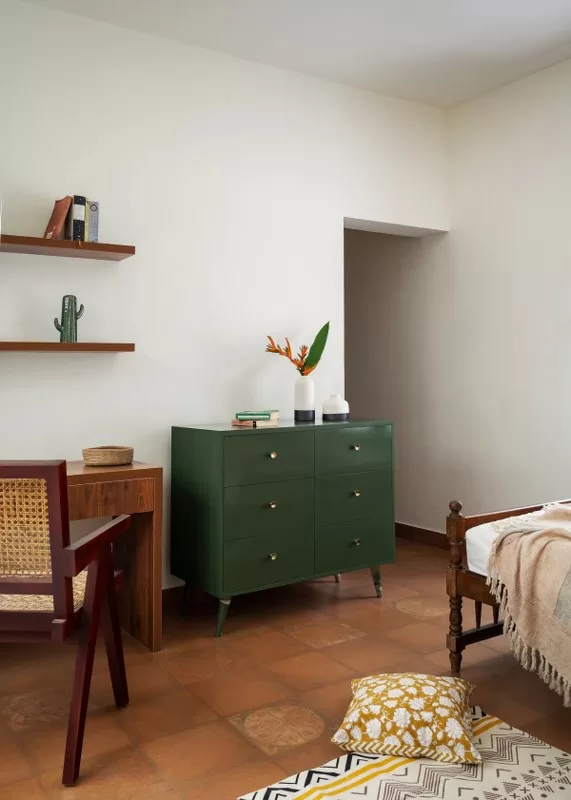
Initially, hand-crafted labour has been replaced by the advancement of current technology in machine-cut geometrical shapes. It is usually 300 mm x 300 mm in various patterns of Rs. 28 per sq. ft.
3. Cuddapah Stone
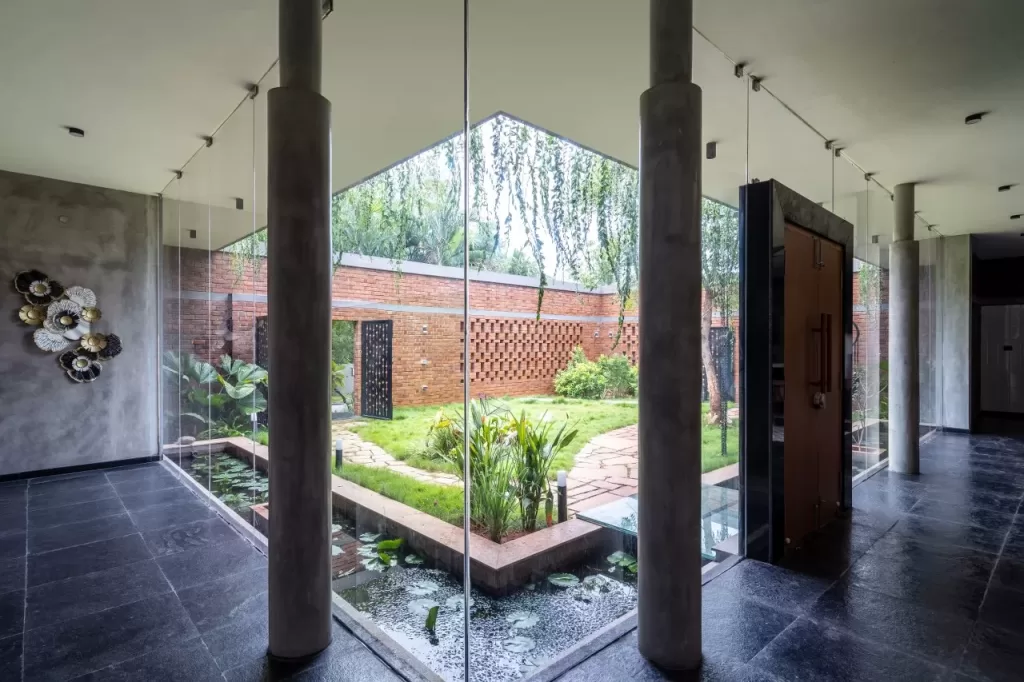
Cuddapah, or Kadapa, roots from a district in south-central Andhra Pradesh, found and mostly sourced from the Betamcharla area, supplied pan India. Karnataka too springs this natural stone. This black lime stone originates from river basins and hilly terrains that contain silica, iron, etc. Made from sedimentary rocks, it is rich in calcium carbonate, giving it a black tint.
Quarried from the origin, they are cut to the desired shapes, sizes, and thickness of 16 to 20 mm, depending on the purpose and structure. It is slip-resistant, oil-resistant, easy to care for, and time-honoured, forging its aesthetic look from black, grey, and yellow tones.
Market availability of natural, brushed, honed, and polished surface finishes, offering profuse visuals to intensify the interior in an Indian context.
4. Kota Stone
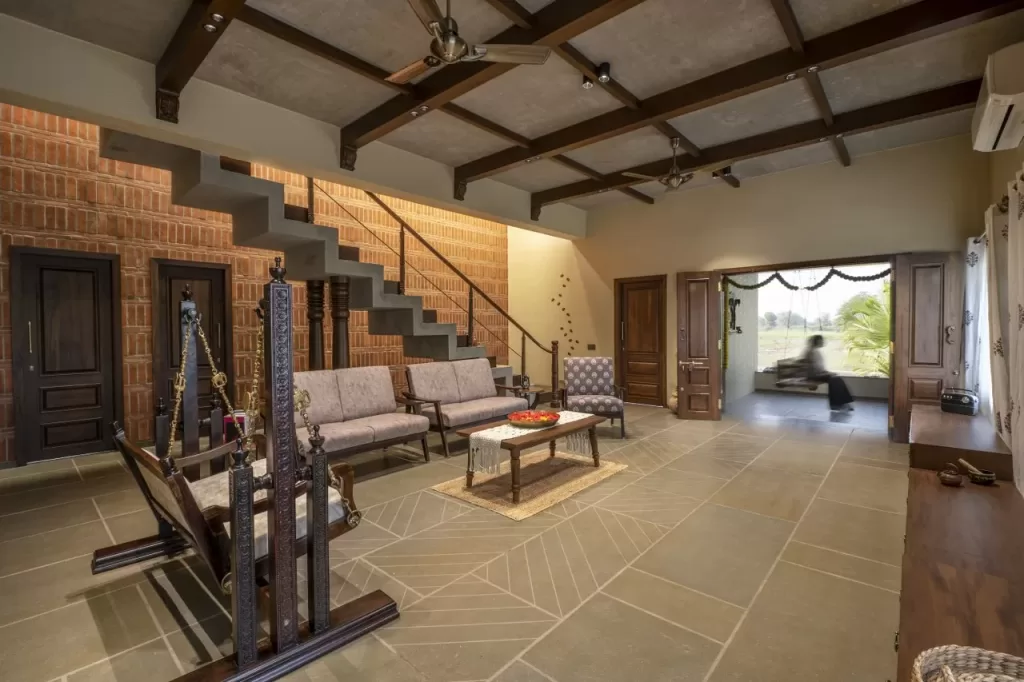
Naturally available limestone of granulated diversity births the mining zones of Kota, Rajasthan, boasting an earthy landmark and creating a tradition to follow in Indian flooring. Known for real bluish-green and brown hues, it seamlessly blends with various themes of Indian interior culture.
The versatility, aesthetic appeal, toughness, non-slip, economic viability, and natural cooling effect are features enriching the popularity of the stone. The most commonly used size is 600 mm x 600 mm for Rs. 20 per sq. ft.
5. IPS Flooring
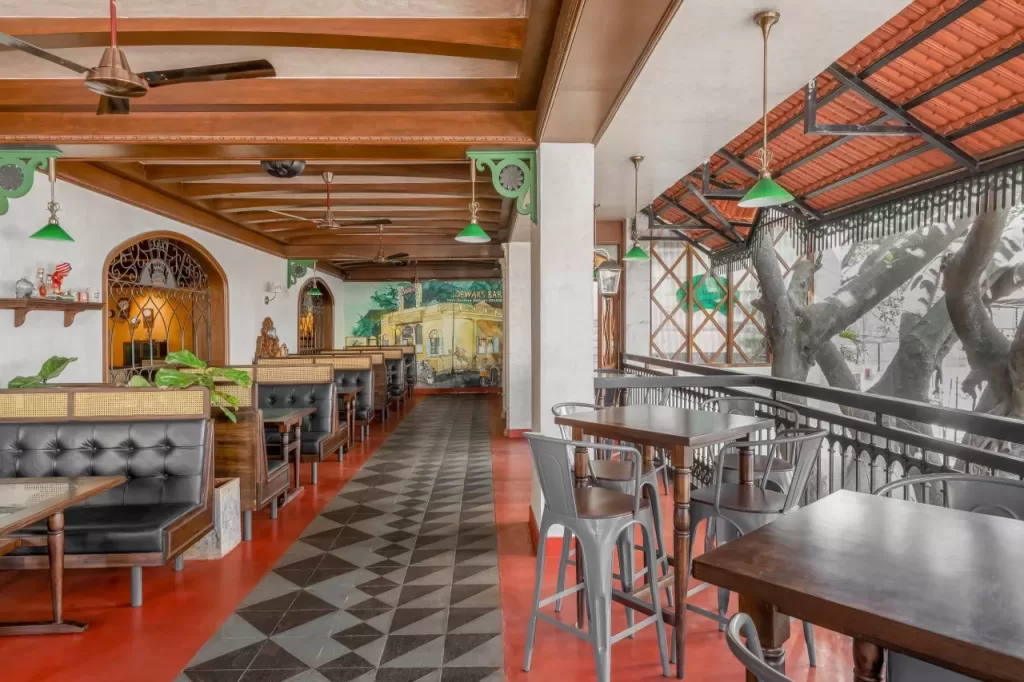
Commonly known as oxide flooring, the Indian Patent Stone (IPS) is ubiquitous in rural houses as India’s interior flooring. Resilient-grade flooring, an amalgamation of grey and white cement with metal oxides and sand, is a sturdy composition offering strength and adaptability along with an immense choice of colour curated to the client’s preference.
Minimal care and easy installation make it cost-effective flooring for Indian interiors. Standard rates vary from Rs. 60 to Rs. 80 per sq. ft. and of thickness 20 to 25 mm, depending on labour charges, size of room, and design needed. There are typologies of IPS flooring extending from plain to coloured, decorative, stained, or polished.
6. Marble
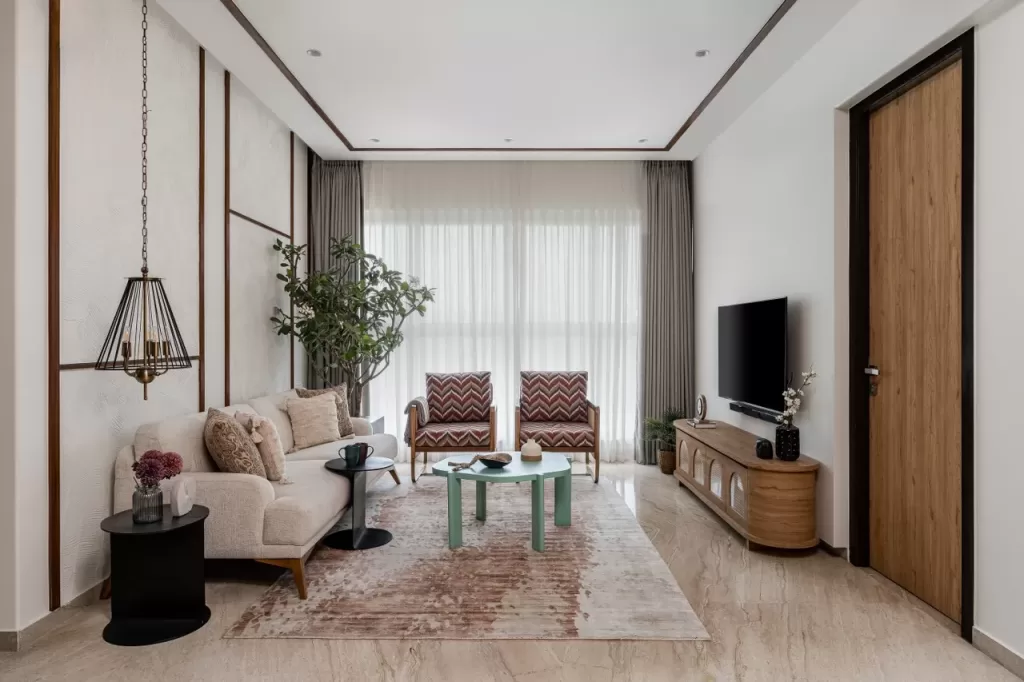
Dated back to the Indus Valley Civilization in India, the word marble exudes luxury in every sense with its smooth, wavy veins, always in style for Indian flooring options. Hence, it is called the royal stone, which reminds us of the famous Taj Mahal. The main production is in the state of Rajasthan, and a few others are in Gujarat, Andhra Pradesh, and Madhya Pradesh.
Combination of calcite, dolomite, and, in some cases, serpentine, which is extracted, sawed, and polished to be cut to use for Indian interior flooring. The numerous choices and designs available in India, based on the patterns, are Makrana, Banaswara, Spider Green, Onyx, Pink, Yellow, Brown, etc., ranging from Rs. 400 to Rs. 40 for the chosen type.
The ever-lasting charm, customisation, and choice of palette make it one of the first preferences in present times.
7. Granite
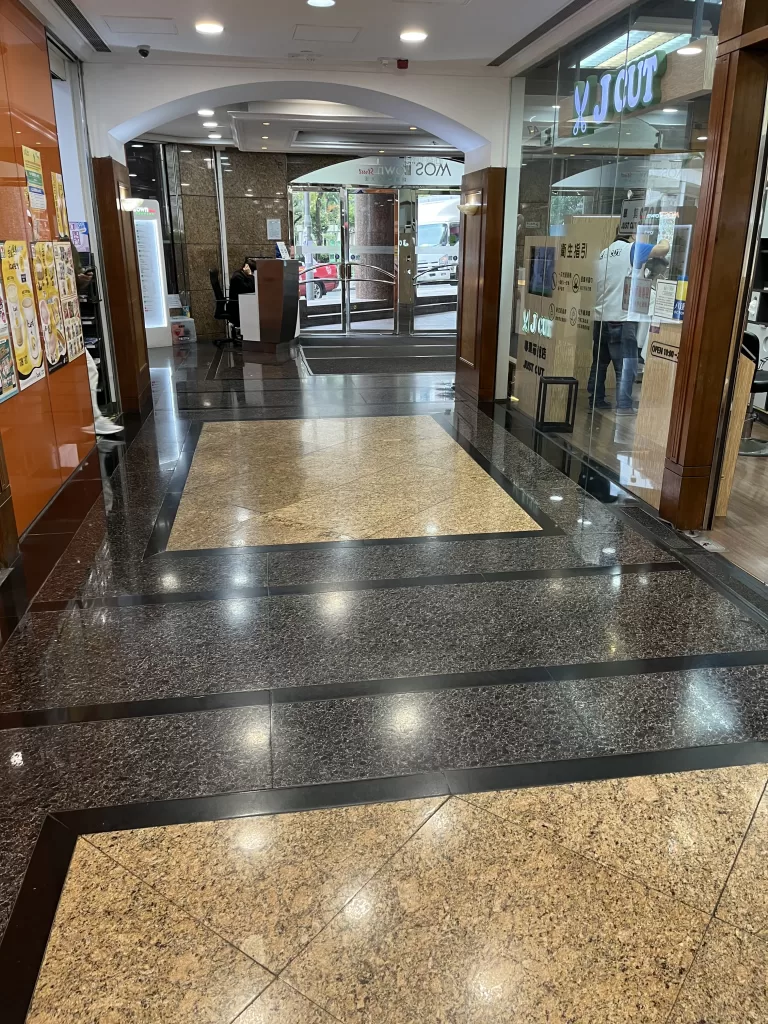
This igneous rock, formed from molten materials cooled and solidified, is mainly found in Tamil Nadu, Karnataka, Andhra Pradesh, Rajasthan, Gujarat, Uttar Pradesh, and Odisha. Made entirely of crystals, including quartz and feldspar. Due to natural forces, mechanical erosion, or vertical lifting, granite is exposed on the surface of the earth, where it is further extracted and mined.
With the large quantity of silica, it is highly resistant to decay. Its properties of fire and heat resistance, being well polished, free of cracks, water-resistant, and grainy make it well suited for Indian interiors as well as exteriors. A vast range of colour combinations, namely Indian black marquina, ivory beige, silk granite, honey brown, emerald pearl, etc., are worthy of consideration. The price ranges from Rs. 72 to Rs. 195 per sq. ft.
8. Yellow Sandstone
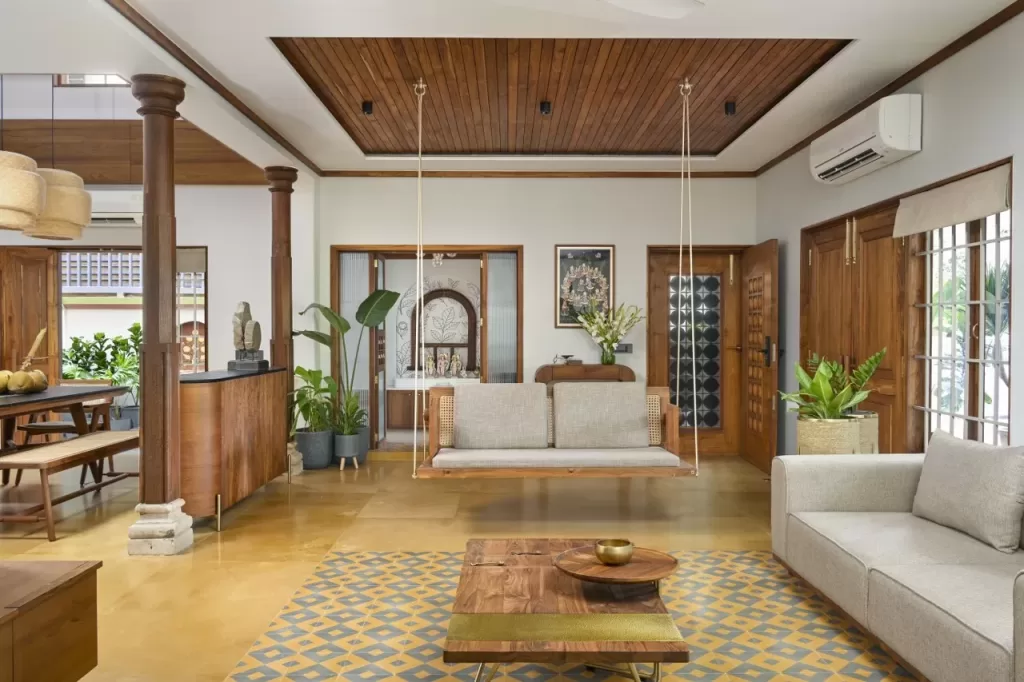
Jaisalmer’s treasure, the Yellow Sandstone, is a sedimentary rock formed from the association of sand-sized grains of minerals such as quartz, feldspar, etc. Ordinarily, the stone showcases a scale of yellow hues, from pale to golden, due to the presence of iron oxide minerals. This gives it a singular impression, mimicking the desert landscape.
Durable and weather-resistant are two standout features of the Jaisalmer stone. It is available in various sizes cut to requirement in multiples of 300 mm, of thickness 20–50 mm, priced at about Rs. 75 per sq. ft. Finishing is polished, brushed, honed, sandblasted, and hammered.
9. Teak Wood flooring
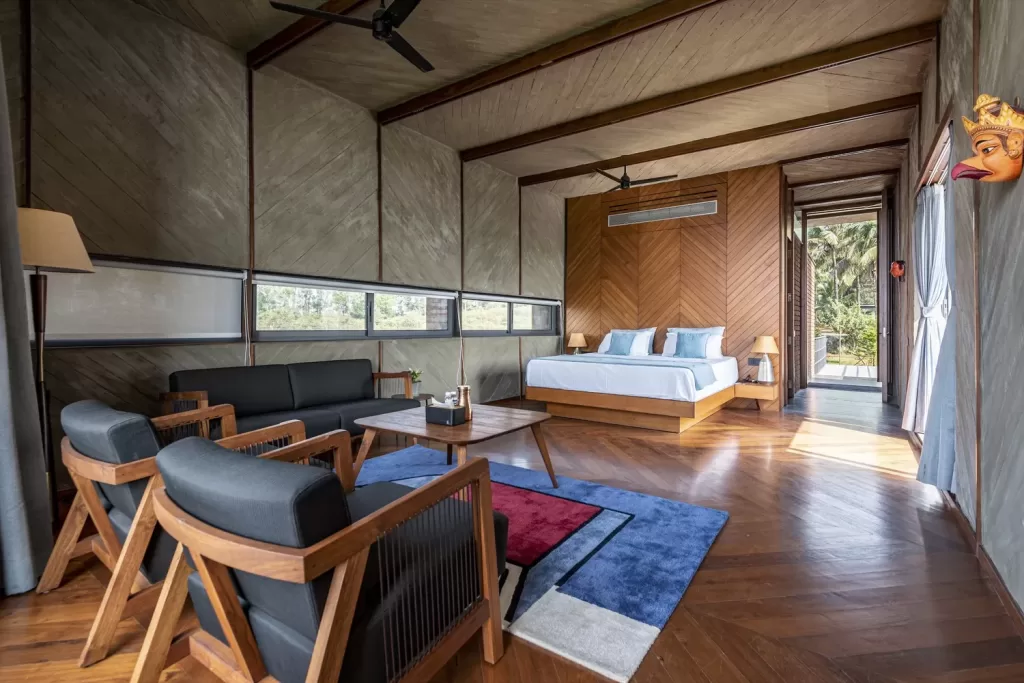
Teak wood dates back to ancient times for over a thousand years, from the Mughal empire, for its beauty and strength, to the British Raj, for its export value, to modern times, for India’s economy and culture.
Sturdy, problem-resistant, and high-oil content gives teak wood a magnificent sheen when cut. From 8–11 mm thickness and a rate starting from Rs. 60 per sq. ft. onwards, depending on the type of finish.
10. Mosaic flooring
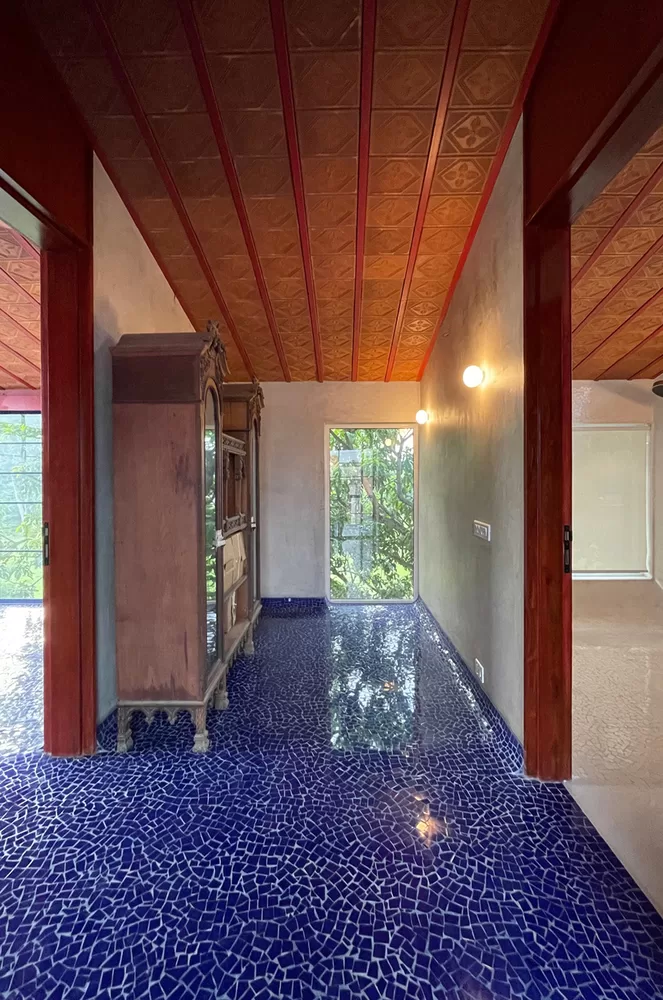
Mosaic flooring is a classic style that brings a sense of nostalgia to any Desi household. An art piece, an arrangement of marble, stone, or crystal, coarsely cut into a flat adhesive surface, was previously a “middle-class” flooring two centuries ago but has now gained popularity. Mosaic can also be made of pieces of glass and broken tile, which is decorative in nature even as a DIY project.
This type of flooring gives pops of vibrancy and glamour to a space, with easy adaptability and uniqueness. Sizes obtainable are from 200 mm to 1200 mm in geometrical shape, at a cost of Rs. 70 per sq. ft.
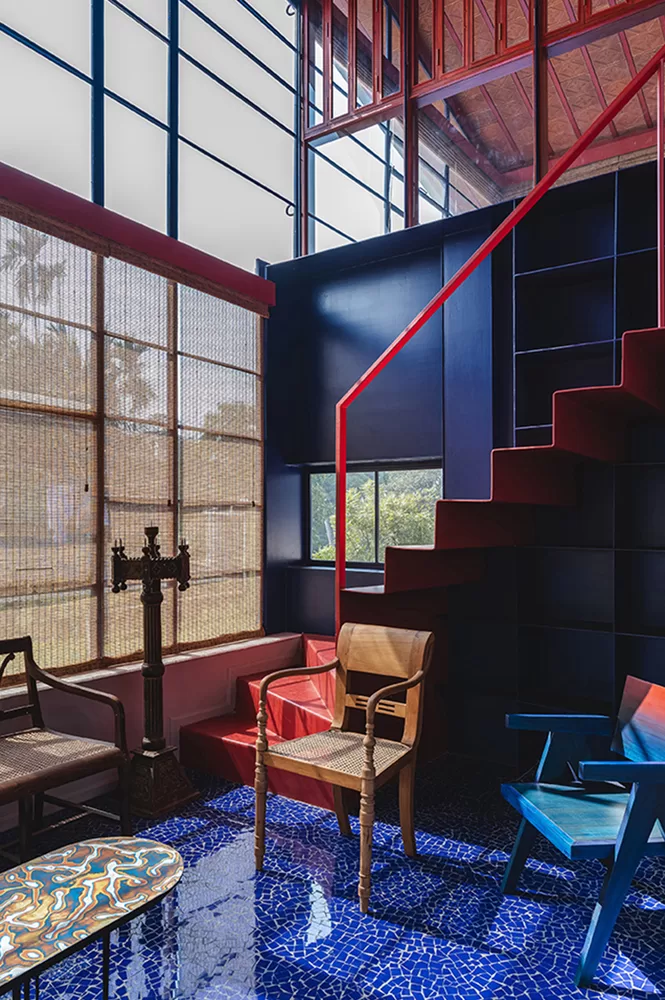
In contrast to the traditional Indian flooring tiles, the present era of modern flooring speaks of an array of flooring materials along with the latest technological advancements, including cork, laminate, carpet, vinyl, epoxy, etc. Blending unusual materials and curating design innovations that are in play with the current environmental conditions to suit sustainable options in cost, availability, and eco-friendliness are the keys to modern flooring styles, when compared to Indian flooring tiles a few centuries earlier. But the use of historical Indian flooring tiles has always proven to be ever-lasting in function and appeal and has gained importance to preserve and enrich the culture of Indian flooring.
Content Writing And Research By: Ar. Disha Shetty
20 Indian Kitchen with Window Design: Practical yet Presentable
With the changing trends in home, a kitchen with window design has stayed a paramount feature of Indian kitchens for its functionality as well as aesthetic purposes. Kitchen is the heart of Indian homes. It’s the most dynamic space in any Indian household— where traditions are passed down, flavors are crafted, and many stories are […]
Read More20 Breakfast Counter Designs: Amazing Indian Kitchen Choices
How many of you have the time to enjoy a family meal instead of an individualized quick bite? Breakfast counter designs in India exemplify societal changes, new culinary preferences, and cultural dynamics. With hectic lifestyles and changing work patterns, breakfast has shifted from a family-oriented meal to a functional individual affair. A large wooden table […]
Read MoreA Refreshing Escape Into A Luxury And Modern House | AVVO & Iram Boxwala Design Studio
In a world filled with constant stimulation and clutter, the concept of minimalism in the luxury and modern house interior design offers a refreshing escape. Our clients envisioned a luxury house where comfort meets modern without excess. They wanted a sanctuary within the confines of their home. As designers, translating this vision into reality became […]
Read MoreModern Dressing Table Designs for Bedroom: 15 Indian Style
Relating to the contemporary is fashion, and adopting that popular style is a trend. Modern dressing table designs for bedrooms seem to be a popular trend, adding glam to fashion. Did you know that some objects are gender-based? Yes, a vanity box, known as an airtight box, contains cosmetics and toiletries for women. Historically, the […]
Read MoreThis 4BHK Penthouse Apartment Design Has A Minimalist Uncluttered Space | AH Design
“PAANACHE” – This 4BHK penthouse apartment design involves using bare essentials to create a minimalist, simple and uncluttered space. The living room is integrated with the dining room which has a perfect blend of comfort and sophistication. Understanding the core requirement of the client, the living room majorly functions as an interaction space and so […]
Read MoreThis Home is an Embodiment of Contemporary Modern Interior Design | The Concept Lab
The Fluid Home is an embodiment of contemporary modern interior design, curated to reflect a harmonious blend of elegance and minimalism. This project is crafted for a lovely family of three, bringing in waves and curves throughout the design and emphasising a fluid, seamless aesthetic. The design ethos revolves around a minimal material palette. Thus […]
Read MoreThis Modern Four-bedroom Apartment Uses Complex Geometrical Patterns | New Dimension
The four-bedroom apartment is named as radhevandan “Radhe” or “Radha” meaning prosperity, perfection, success and wealth and “Vandan” meaning worship. The design concept was to incorporate a modern, contemporary theme by using complex geometrical patterns. The goal was to break the symmetry and achieve asymmetrical balance in the design, keeping in mind that design depends […]
Read MoreThe Cozy Interior Design of the Home Plays a Crucial Role | Olive
The cozy interior design of the home play a crucial role in creating such a space. As humans, we all want a space that reflects our personality and makes us feel comfortable. The OLIVE team understand this and strive to provide clients with interior designs that are not only aesthetically pleasing but also functional. The […]
Read MoreSunmica Designs: Great Shades for Great Beginning
Senses like touch and sight associate well with pleasure and satisfaction. Well-crafted Sunmica designs inject those emotions in varying patterns, textures, and thicknesses. People perceive these designs predominantly as a decorative element to view and comforting to touch. To define, ‘Sunmica’ is the name of a brand that has rewritten the history of laminates with […]
Read More20 Modern Texture Paint Designs to Elevate Your Home Decor
Looking to add a fresh, dynamic touch to your interior design? Modern Texture paint designs is your answer! Unlike traditional flat paint, textured paint brings depth, interest, and personality to any space. Whether you’re aiming for rustic stucco finishes or sleek metallic accents, its versatility lets you customize your walls to match your unique style. […]
Read More
